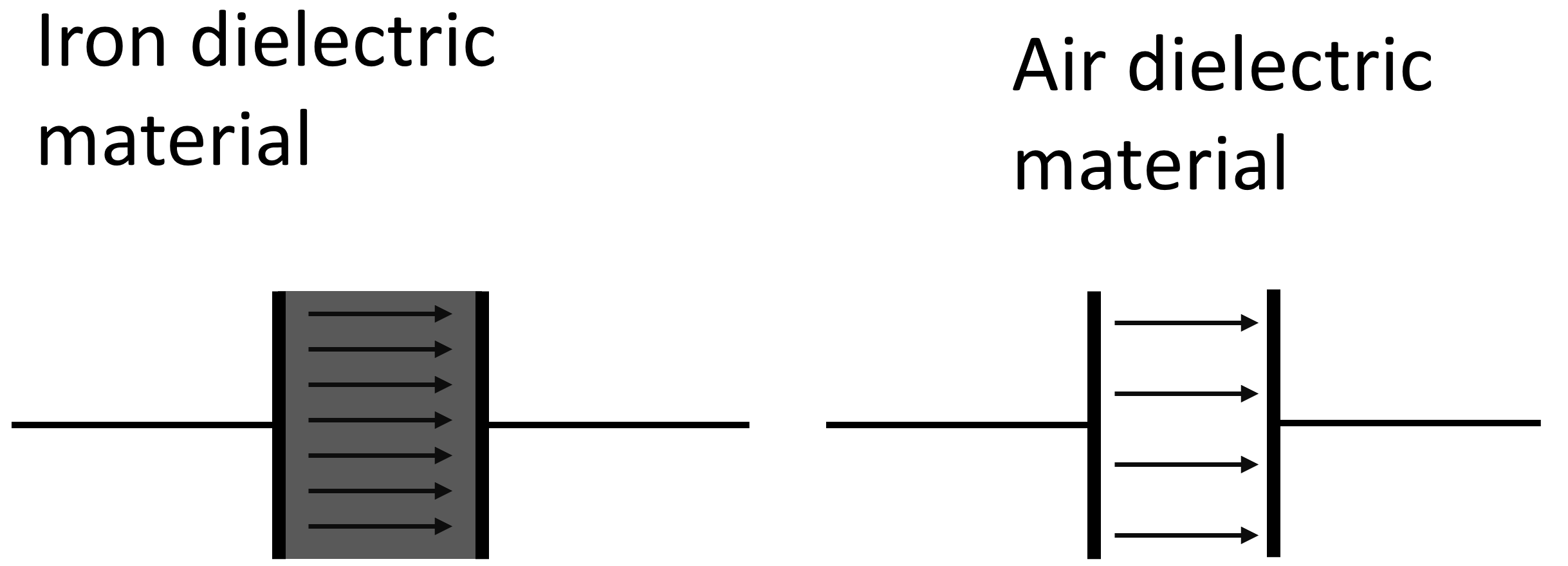Capacitance and factors affecting capacitance.
- Understanding electrostatics.
- Laws of electrostatics.
- Capacitance.
- Factors affecting Capacitance.
Table of contents.
Electrostatics.
Is the study of charges at rest or the interaction of stationery charges.
What does it mean by saying stationery charges or charges at rest?
In other words if a body with an excess of electrons is suspended in air where its excess electrons (charges) has no anywhere to go, these charges are said to be stationery.
In electrostatics we are studying these charges how they behave themselves inside a body and also with other charged bodies near them.
In this article you will understand the relationship between electrons, protons, and charges.
- Like charges of electricity repel each other, whereas unlike charges attract each other.
- The force of attraction or repulsion between two electrically charged bodies is proportional to the magnitude (amount) of their charges and inversely proportional to the square of the distance separating them.
They are two laws of electrostatics which are:
Protons carries positive charges whilst electrons carries negative charges. If a body somehow loses electrons it became positively charged since the body is left with more protons than electrons.
On the other hand if a body gain electrons it became negatively charged since the body has now more electrons than protons.The total deficiency or excess of electrons in a body is its charge.
We usually talk of electrons because protons can't move, they are contained inside the nucleus of an atoms of a body.
When a body contains an equal number of electrons and protons, the charges on protons and electrons cancel each other and the body is said to be Neutral.
They are various ways in which a body can lose or gain electrons which include rubbing two bodies of different material which have a different ability of giving up electrons, connecting two parallel conducting bodies/plates to different potentials of a voltage source e.g a battery.
NB - A body we are talking of is any material which is capable of gaining or losing electrons such as a conductor etc.
When two neutral parallel plates or bodies are put closer to each other separated by air or other dielectric materials and connected to a source of voltage like a battery as shown below, the amount of charges the plates can store is determined by their capacitance.
 Capacitance - is the property of two parallel plates which determines how much charge the plates can store corresponding to a given potential difference(voltage) between the plates.
Capacitance - is the property of two parallel plates which determines how much charge the plates can store corresponding to a given potential difference(voltage) between the plates.
A device constructed with a known value of capacitance or a device constructed to introduce known value of capacitance into a circuit is called a Capacitor. Capacitance is important, it anable proper capacitor selection for circuits.
They are various applications of capacitors which include smoothing of rectified ac voltage, power factor correction etc. The following are factors which determine capacitance of two parallel conducting plates or a capacitor.
Factors affecting Capacitance.
They are three factors which affect capacitance which are type of dielectric material, distance between plates and cross sectional area of the plates.
These factors affect capacitance by determining how much electric field lines can be formed between the two plates.
Cross sectional area(A).

Capacitance varies directly with cross sectional area, that is if cross sectional area of plates is increased capacitance also increase.
This is because Larger plates provides a greater space for electric field formation because electric field never cross each other but they may became distorted, therefore as plate area increases, capacitance also increases.
Distance between Plates(d).

Distance between plates is also known as dielectric thickness. Capacitance varies inversely with distance between plates, that is when dielectric thickness is increased capacitance is reduced.
This is because large space between two parallel plates offers more opposition to formation of electric field.
Dielectric material.

Dielectric provides an easy establishment of electric field while preventing excess electrons from directly moving from one plate to the other plate.
They are various materials used as dielectric such as air, mica, paper and more.
Capacitance of a capacitor depends on the dielectric material used.
Dielectric is measured based on Permittivity, which is the easy with which an electric field can establish in a material. The larger the permittivity value the larger also the capacitance is.
Inorder to get the actual capacitance of a capacitor we combine the three factors in the formula, capacitance is equal to cross sectional area multiplied by absolute permittivity (Er.Eo) all over distance between plates

Example
A capacitor has a plate area of 0.12m^2 ,1m distance apart seperated by air. Calculate its capacitance.